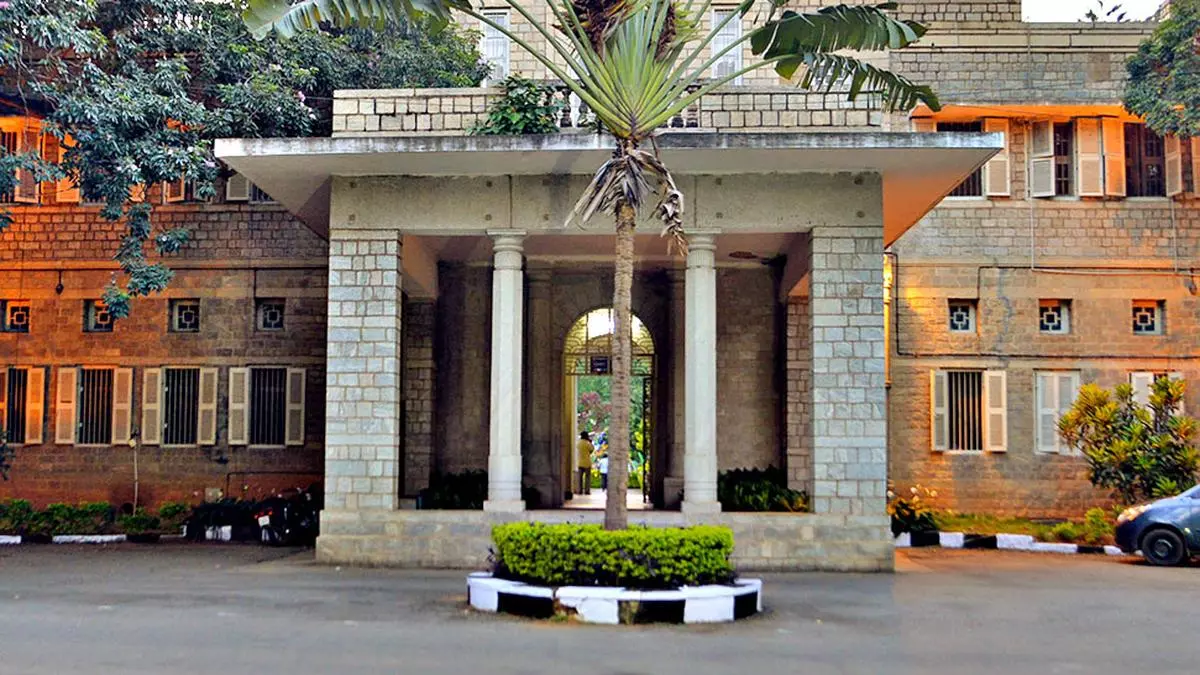Mexico City, one of the largest and most vibrant cities in the world, is home to a unique and ancient farming practice that has been passed down through generations. The chinampas, small islands built by the Aztecs using fertile mud from the bottom of a lake, have been a source of food for the people for hundreds of years. However, these islands are now facing a threat from urbanization, as many families are abandoning the practice in favor of more lucrative uses for their land.
Cassandra Garduño, a young farmer, squinted in the sunlight as she looked out over her family’s chinampa. Her pink boots were smudged with dirt, a testament to her hard work and dedication to preserving this ancient tradition. She is part of a growing collective called Chinampa Refuge, which aims to promote and preserve the traditional use of the chinampas. Garduño understands the importance of this practice and is determined to protect it for future generations.
“People don’t want to farm anymore,” said Garduño. “They don’t see it as a necessity, they don’t want to produce, and people don’t want to buy the products.” This shift in mindset has led many families to abandon their chinampas and sell or rent out their land for other purposes such as building soccer fields. But Garduño and others like her are determined to keep this ancient practice alive.
The chinampas, located in the Xochimilco borough in the southern part of Mexico City, cover over 2,500 acres of protected land. These small islands are built up from layers of dredged soil and are held together by tall, thin ahuejotes trees. This unique farming system is largely self-sustaining, nourished by the lake, and can produce multiple crops of vegetables each year without the need for chemicals or irrigation.
According to Luis Zambrano, an ecologist from the National Autonomous University of Mexico, the chinampas not only provide a source of food but also have a positive impact on the ecosystem of Xochimilco. The canals that crisscross through the chinampas help to reduce the overall temperature of the city, and the area is home to many species of birds and fish.
Unfortunately, with urbanization on the rise, the chinampas are facing a new threat. On weekends, it is not uncommon to see more people playing soccer on the islands than farmers tending to their crops. The demand for soccer fields has led to a “massive increase” in their construction over the past few years, according to Zambrano. This has raised concerns about the impact of these developments on the chinampas and the surrounding ecosystem.
In Xochimilco, many people are hesitant to talk about transforming their chinampas into soccer fields. One landowner, who wished to remain anonymous, acknowledged that maintaining the chinampas for farming requires more work and financial investment compared to the revenue generated. Instead, she has turned her land into multiple businesses, including a soccer field for weekend games, a food stand, and kayaking tours for tourists.
But the conversion of agricultural land to tourist activities has its ecological impact. While traditional farming methods on the chinampas are environmentally friendly, the same cannot be said for the soccer fields. The use of chemicals and pollution generated by these fields can have a detrimental effect on the delicate ecosystem of Xochimilco.
The chinampas hold significant historical and cultural value, and in 1987, Mexico City’s historic center and Xochimilco were recognized as a UNESCO World Heritage site. However, it is up to federal, state, and local authorities to implement protective measures. Carlos Vasquez, director of the Natural Protected Areas under Mexico City’s Environmental Department, stated that they are working on proposals to address the issue of soccer fields on the chinampas.
“Many of these activities are counter to the conservation of the ecosystems,” he said. “We are looking to regulate these activities.”
Despite the challenges faced by the chinampas, there is hope for their preservation. The Chinampa Refuge, in collaboration with the National Autonomous University of Mexico, is working to educate and encourage chinamperos to continue farming on their land. They are also exploring new commercial approaches, such as a special tag that identifies produce as coming from a chinampa, to compete with cheaper produce from larger farms.
Garduño, along










